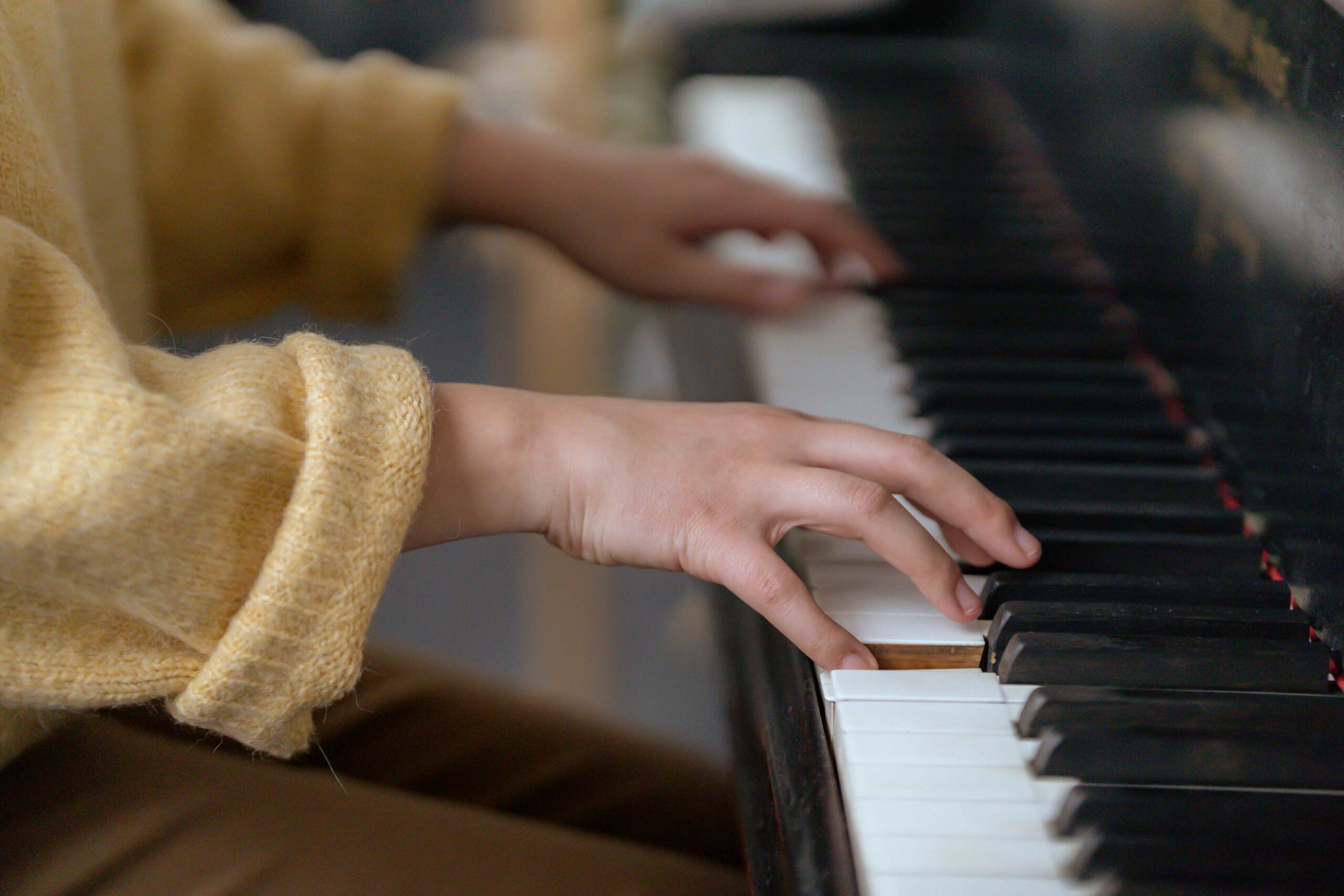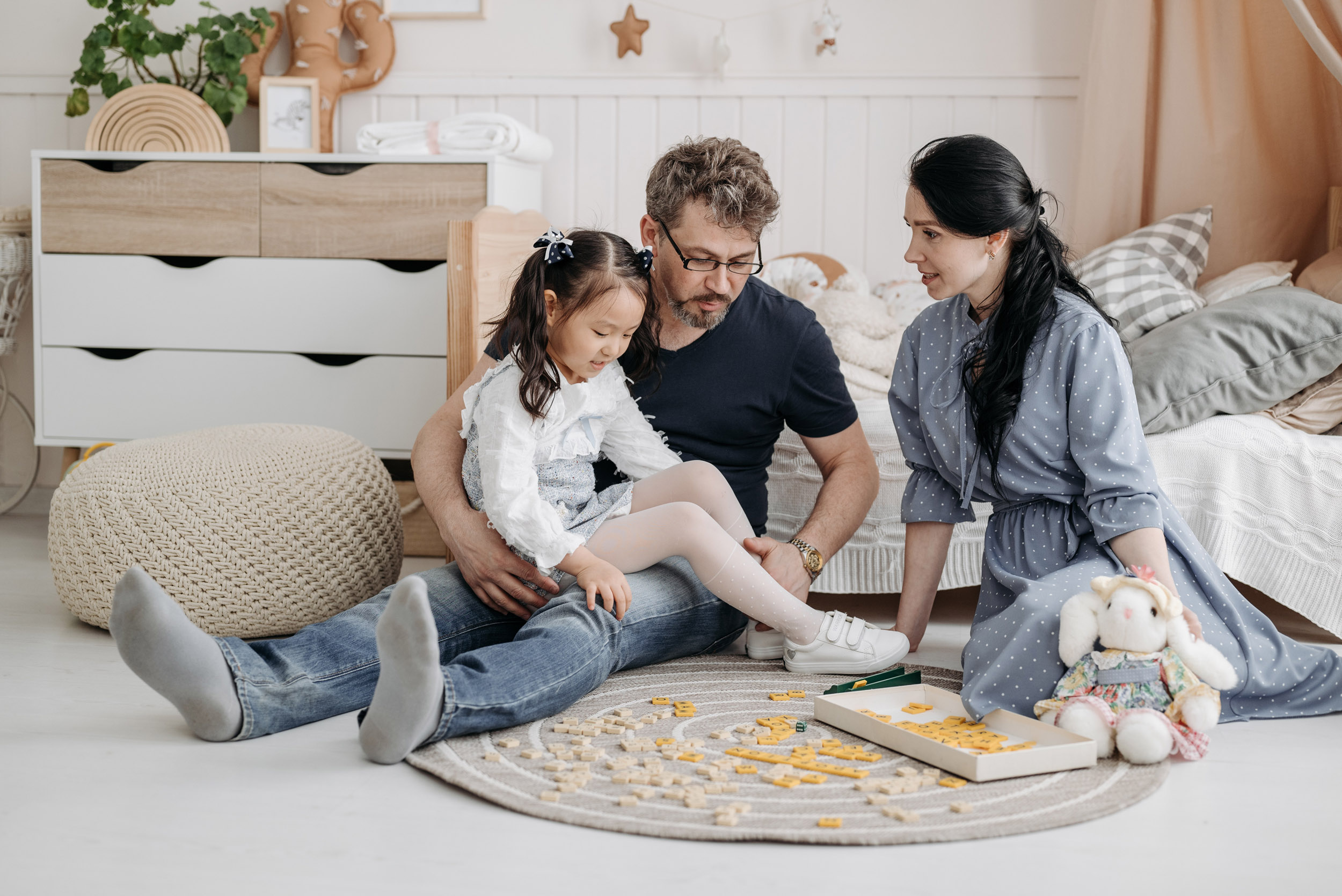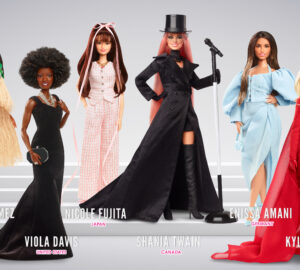Parenting is hard, folks! I know this is going to come as a total shock to those of you who are in the day-to-day grind of picking up dirty socks, making fish sticks at three o’clock in the morning and figuring out who is doing carpool on Thursday. The reality of modern parenting is that we are all working really hard and there are constant moments of tension or challenge. It’s time to go to the dentist, but your four-year-old wants to keep playing legos? Yup! I’ve been there. Bedtime is fast approaching, but your six-year-old has the energy of a cheetah running at full tilt after a yummy gazelle? Yup! That’s familiar, too.
So, how can we as parents make this process of rearing these small people feel a little less arduous? I present to you: Creative Parenting.
What does that mean? Creative Parenting is a mindset that allows you to make the hard moments easier and the routine moments joyous through embracing creative play. Your home can be filled with spontaneity, imagination, laughter, fun and empathy. All it takes is speaking the language of creative play with our kids–even when our first instinct might be to yell or get frustrated.
Kids are programmed to speak the language of play and imagination. They learn through play and story. We, as parents, are programmed to speak the language of schedules and developmental milestones. So, we are quite literally speaking a different language than our kids a lot of the time. We can bridge that communication gap by embracing creativity in how we interact with our kids.
Most of us engaged in creative play when we were kids.
How did you play as a child? Were you the kid who did imagination play with friends at recess? Your creative play language might be Story. Did you love spending time moving your body in dance class or Karate? Your creative play language was possibly Movement. Did you find ways to always play board games or sports? Your creative play language might have been Games. Did you constantly listen to music or sing all day? Your creative play language was Music. Or, perhaps you were the kid who spent all day doodling and coloring? Your creative play language might be Visual Art.
If we can identify how we engaged in creative play as a child, it can make it easier to figure out your entry path to add that same type of creative play in with your kids. The more you are comfortable adding creative play to your day to day, the easier the challenging moments of parenting can become.
What does this look like in real life?
Situation: It’s time to leave the house and your child is very busy finishing a coloring page. You feel the pressure building up as you give the time warning and then ask over and over again to put on their coat.
Here are five different strategies using different creative play languages.
Most importantly, before you begin, take that deep breath to allow yourself to calm down, release the tension and be in a playful headspace. I know this can be super challenging, but you can do it because the outcome will be so much more fun and rewarding!
Story-Use the coat as a giant monster puppet by putting your arms in the arms of the coat and make silly noises and in a funny monster voice say “AH..Monster says it’s time to move to next thing.” The sillier you are, the more effective to elicit laughter from you and your child and, most importantly, to help the child transition to the next activity.
Music-Tell your child that you are going to play their favorite song one time. They can keep coloring until the song ends, but as soon as the song is over, they have to put on their coat as fast as possible!
Movement-Put the coat and shoes and gloves on the floor about two feet apart. Invite your child to play hopscotch with you over the clothes. As they jump over an item, they put it on before jumping over the next item.
Visual Art-Ask your child who is already coloring to transition into making a drawing of a self-portrait of themselves wearing their coat! Once the drawing is done, they can put on the coat and compare the picture with the reality–using positive noticing–for instance, “I notice that your coat is green and the one you drew is pink-I love how you used colors creatively.”
Game–Tell your child that you are going to play a quick game. You are going to flip a coin. If it is heads, they get a count of 15 to finish their drawings and put on their coat. If it is tails, they get as long as it takes you to sing the ABC Song three times to finish drawing and put on their coat.
Each of these strategies are just one example of how creative play can help us, as parents communicate with our children in a fun and silly way that actually gets them to listen and respond. But, there are opportunities all day long: breakfast, bedtime, bathtime, school drop off and so many more. If you are smiling and they are laughing, tensions ease and you can both get what you need–connection, love and understanding.
I hope you enjoy turning up the volume on imagination and fun in your home.

About the Writer
www.ninameehan.com
Nina Meehan
Nina Meehan is the CEO and Founder of Bay Area Children’s Theatre and the host of the Creative Parenting Podcast. She is an internationally recognized arts educator and a mom of three.








